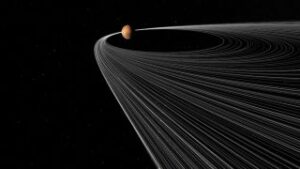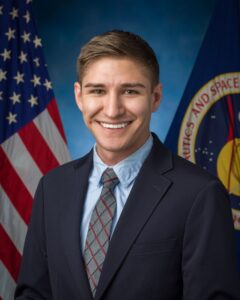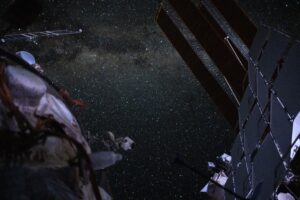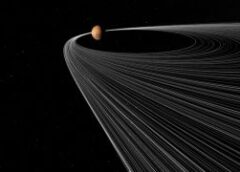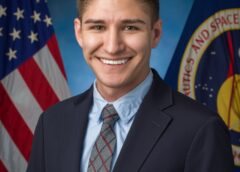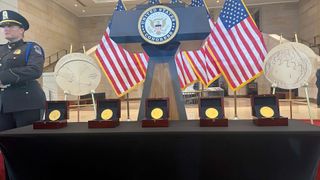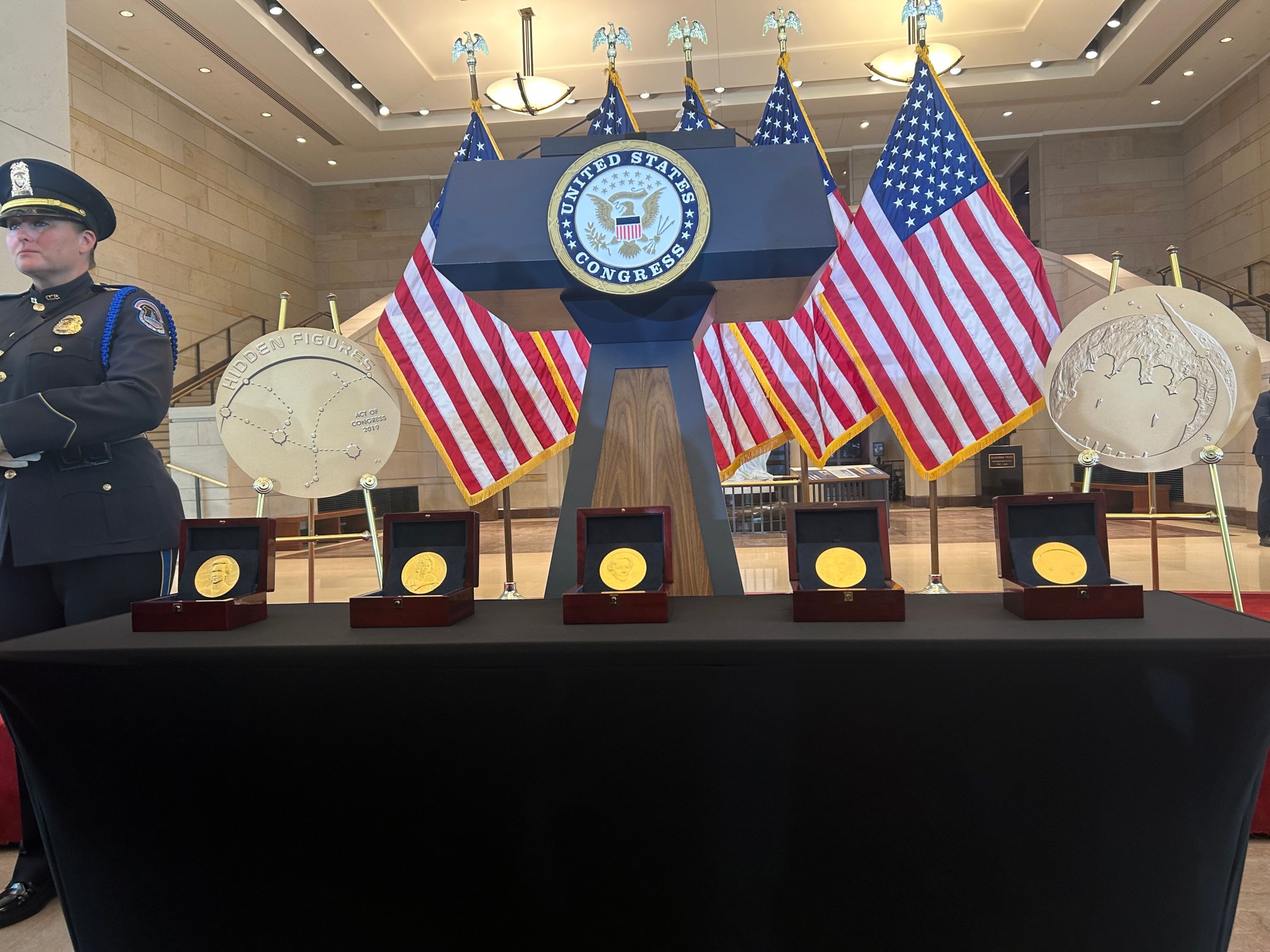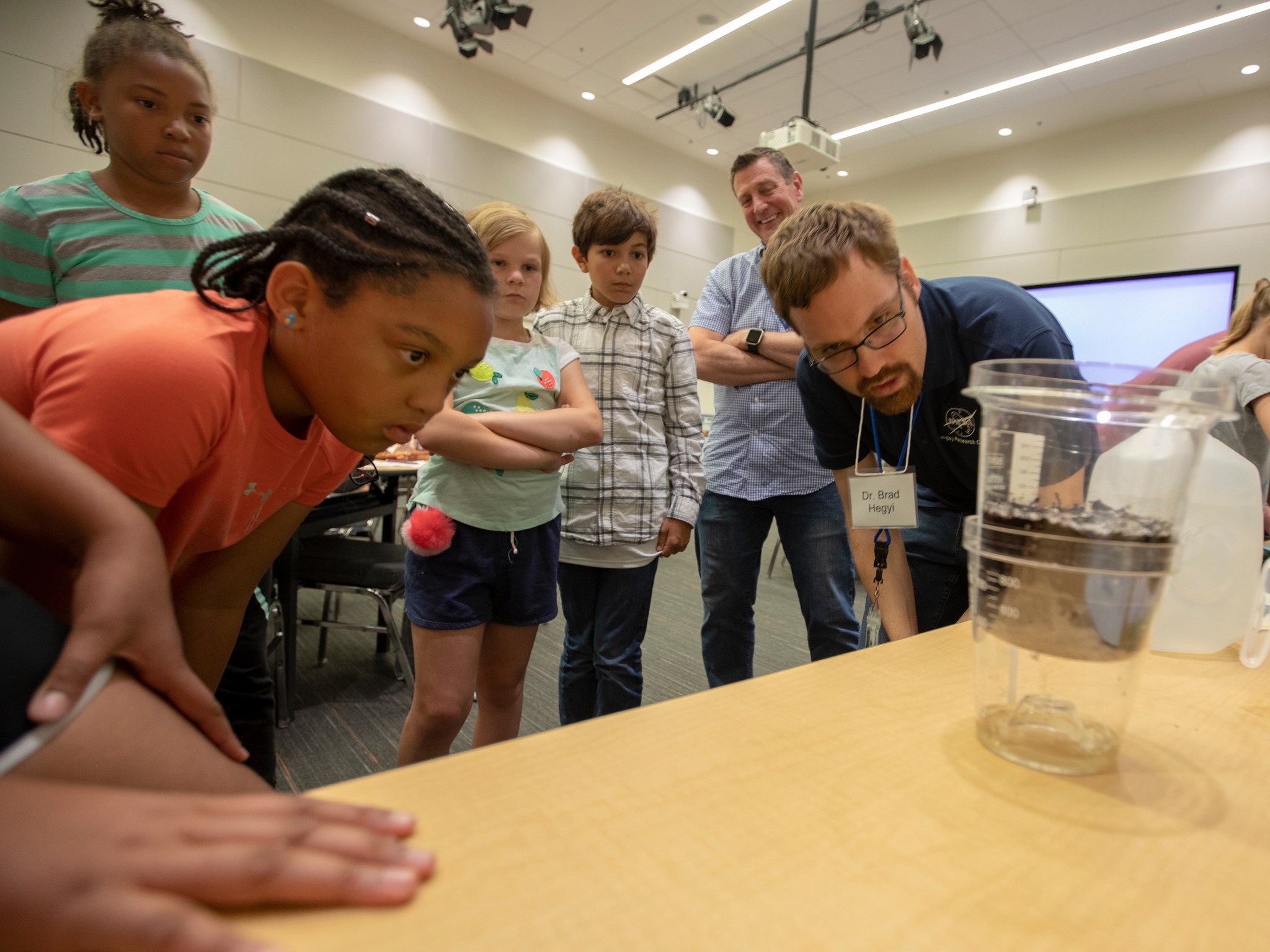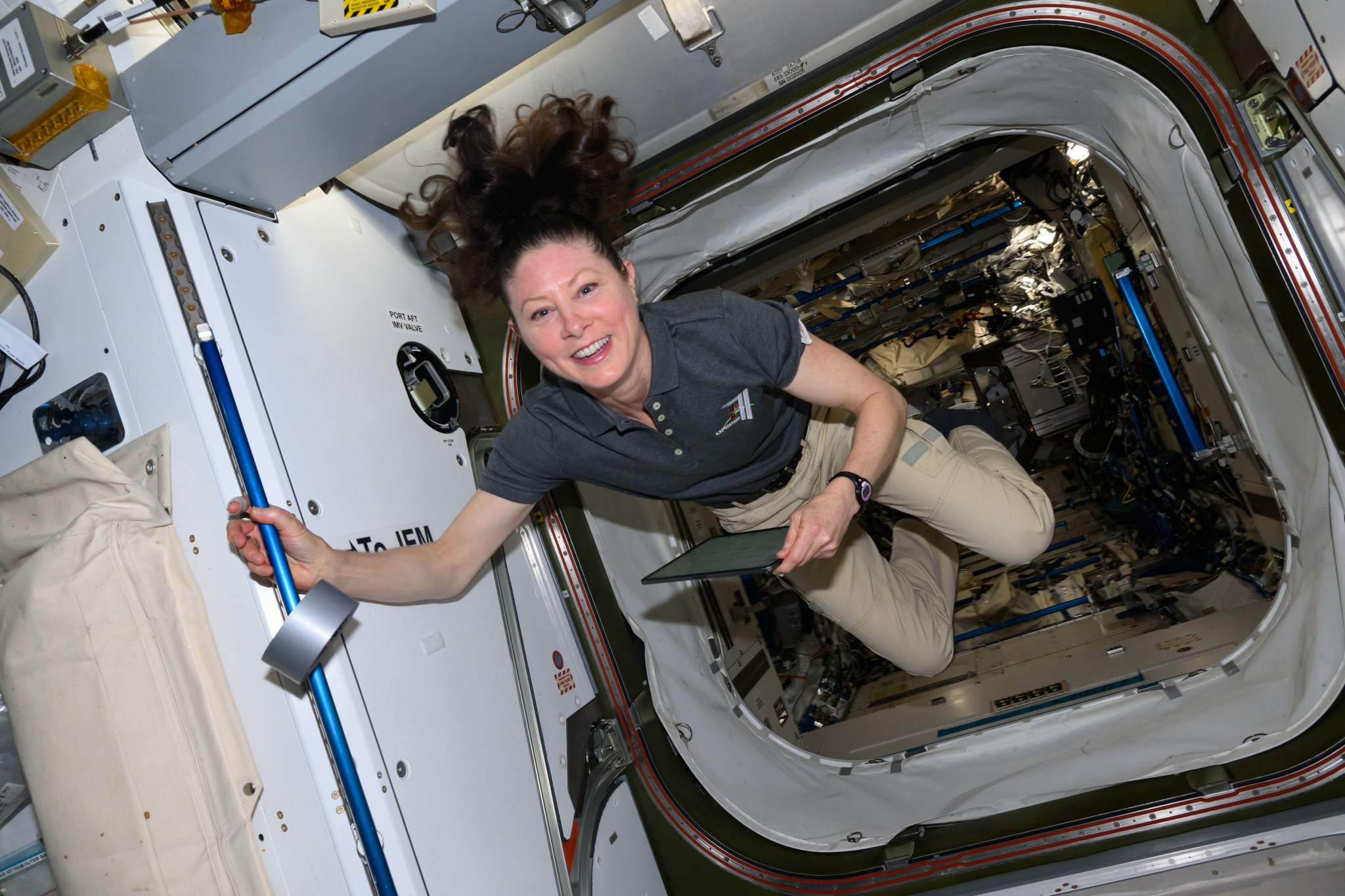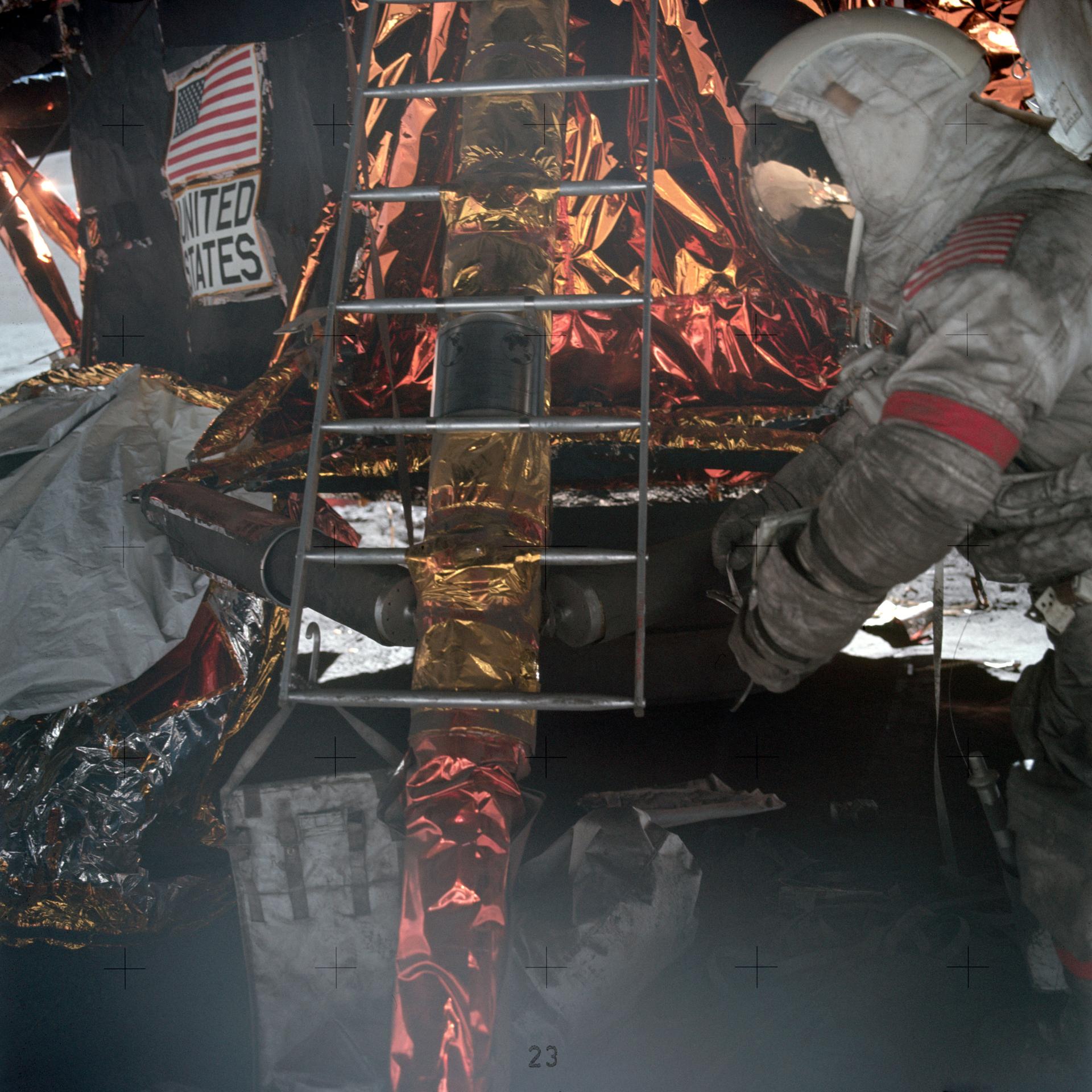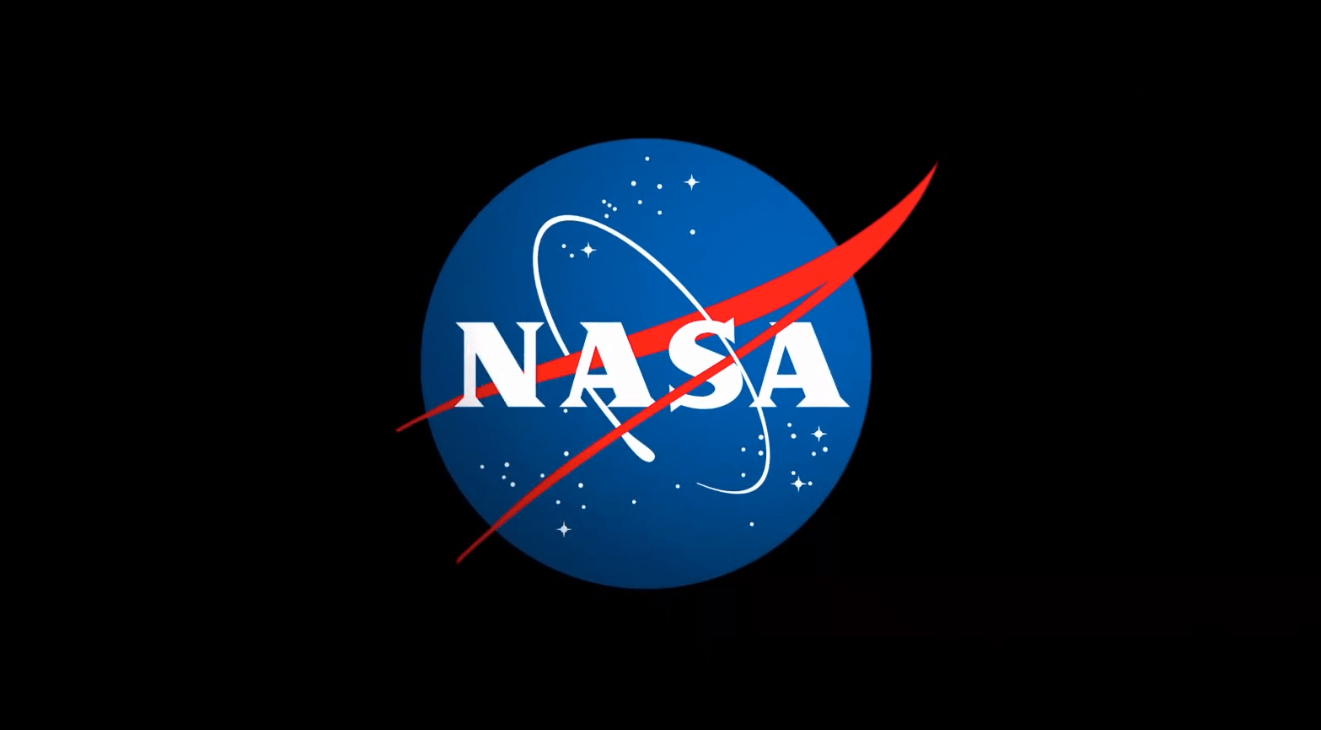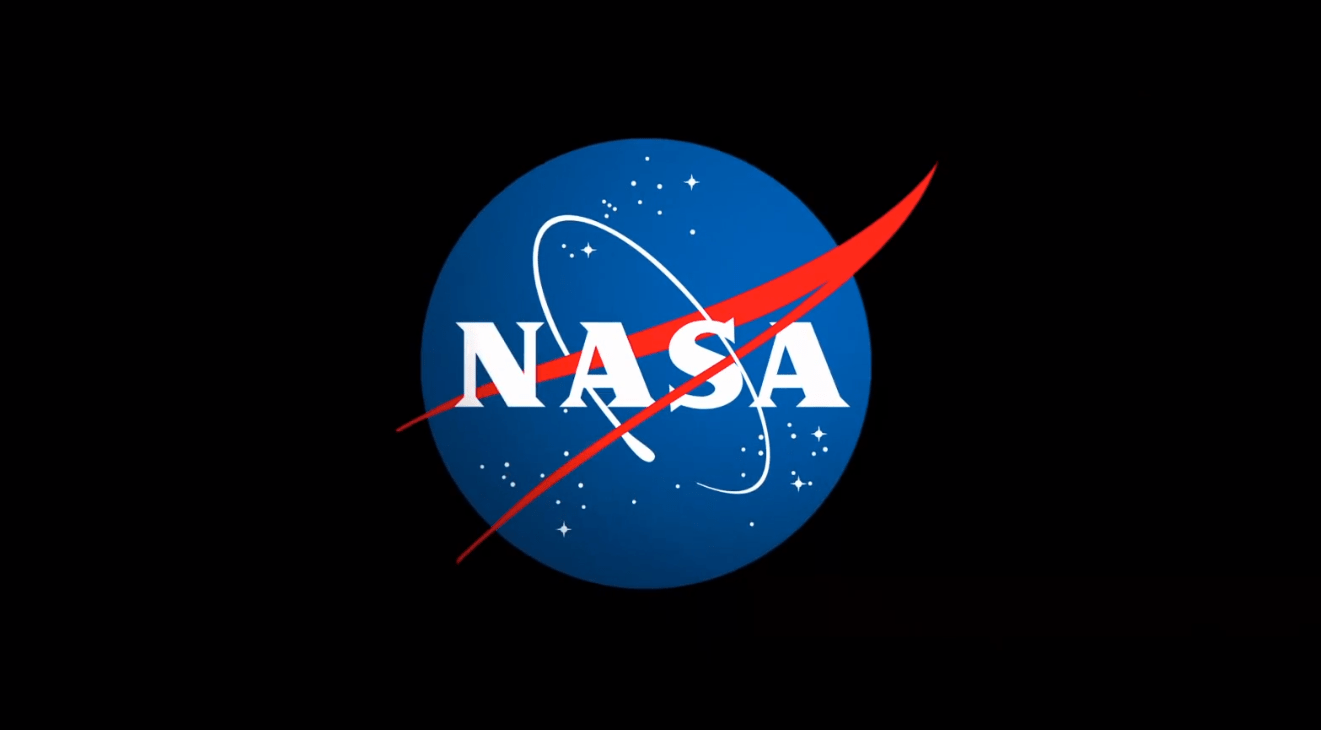Although they may never completely shed the label, the women who worked for NASA as human computers during the space race are no longer “hidden figures,” and they now have a medal to prove it. On Wednesday (Sept. 18), the women as a group and four individuals who have come to represent their collective experiences were awarded the Congressional Gold Medal, one of the highest civilian honors in the United States. As authorized by Congress, the medals were bestowed to Christine Darden and posthumously to Katherine Johnson, Mary Jackson and…
Read More‘Transformers One’ is an end of summer sensation certain to please fans (review)
Transform and roll out! Exploring the nature of a fractured friendship between a young Optimus Prime and Megatron, once known as Orion Pax and D-16 billions of years ago on the living machine planet of Cybertron, Paramount’s new “Transformers One” (Sept. 20) is a supremely entertaining animated film showcasing a visual banquet of next-generation CGI from Industrial Light & Magic. What began as a Hasbro toy line and animated series in the ’80s has exploded over the decades as one of the premier sci-fi intellectual properties in the world, a…
Read MoreNASA Deputy Administrator Talks Future of Agency in Silicon Valley
NASA Deputy Administrator Pam Melroy (left) and Center Director at NASA’s Ames Research Center Eugene Tu (right) hear from Ames employees Sept. 16, 2024. NASA/Brandon Torres Navarrete NASA Deputy Administrator Pam Melroy spent time at NASA’s Ames Research Center in California’s Silicon Valley, on Sept. 16, 2024, engaging with center leaders and employees to discuss strategies that could drive meaningful changes to ensure NASA remains the preeminent institution for research, technology, and engineering, and to lead science, aeronautics, and space exploration for humanity. Melroy’s visit also provided an opportunity to…
Read MoreNASA Shares Hidden Figures Congressional Gold Medal Remarks
On Sept. 18, 2024, five Congressional Gold Medals were awarded to women who contributed to the space race, including the NASA mathematicians who helped land the first astronauts on the Moon under the agency’s Apollo Program. Credit: NASA NASA Administrator Bill Nelson released his remarks as prepared for Wednesday’s Hidden Figures Congressional Gold Medal ceremony in Washington. The awards recognized the women who contributed to the space race, including the NASA mathematicians who helped land the first astronauts on the Moon under the agency’s Apollo Program. “Good afternoon. “The remarkable…
Read MoreHubble Examines a Busy Galactic Center
This NASA/ESA Hubble Space Telescope image features the spiral galaxy IC 4709 located around 240 million light-years away in the southern constellation Telescopium. Hubble beautifully captures its faint halo and swirling disk filled with stars and dust bands.
Read MoreNASA, US Department of Education to Launch STEM Project in Washington
Students are recognized for their hard work in STEM-related extended-day programs at their school through a partnership with NASA’s Langley Research Center in Hampton, Virginia. Credit: NASA Media are invited to the kickoff event of a collaboration between NASA and the U.S. Department of Education at 4 p.m. EDT Monday, Sept. 23, at the Wheatley Education Campus in Washington. The interagency project, 21st Century Community Learning Centers, aims to engage students in science, technology, engineering, and math (STEM) education during after-school hours. During the event, media will have the opportunity…
Read MoreNASA Astronaut Tracy C. Dyson’s Scientific Mission aboard Space Station
4 min read Preparations for Next Moonwalk Simulations Underway (and Underwater) NASA astronaut Tracy C. Dyson smiles for a portrait in the vestibule between the Kibo laboratory module and the Harmony module aboard space station. NASA NASA astronaut Tracy C. Dyson is returning home after a six-month mission aboard the International Space Station. While on orbit, Dyson conducted an array of experiments and technology demonstrations that contribute to advancements for humanity on Earth and the agency’s trajectory to the Moon and Mars. Here is a look at some of the…
Read MoreMeasuring Moon Dust to Fight Air Pollution
3 min read Preparations for Next Moonwalk Simulations Underway (and Underwater) While astronaut Gene Cernan was on the lunar surface during the Apollo 17 mission, his spacesuit collected loads of lunar dust. The gray, powdery substance stuck to the fabric and entered the capsule causing eye, nose, and throat irritation dubbed “lunar hay fever.” Credit: NASA Credit: NASA Moon dust, or regolith, isn’t like the particles on Earth that collect on bookshelves or tabletops – it’s abrasive and it clings to everything. Throughout NASA’s Apollo missions to the Moon, regolith…
Read MoreNASA Selects Lunar Relay Contractor for Near Space Network Services
Credit: NASA NASA has awarded a contract to Intuitive Machines, LLC of Houston, to support the agency’s lunar relay systems as part of the Near Space Network, operated by the agency’s Goddard Space Flight Center in Greenbelt, Maryland. This Subcategory 2.2 GEO to Cislunar Relay Services is a new firm-fixed-price, multiple award, indefinite-delivery/indefinite-quantity task order contract. The contract has a base period of five years with an additional 5-year option period, with a maximum potential value of $4.82 billion. The base ordering period begins Tuesday, Oct. 1, 2024, through Sept.…
Read MoreNASA Selects Lockheed Martin to Develop Lightning Mapper for NOAA
Credit: NASA NASA, on behalf of the National Oceanic and Atmospheric Administration (NOAA), has selected Lockheed Martin Corp. of Littleton, Colorado, to develop a lightning mapping instrument as part of NOAA’s Geostationary Extended Observations (GeoXO) satellite program. This cost-plus-award-fee contract is valued at approximately $297.1 million. It includes the development of two flight instruments as well as options for two additional units. The anticipated period of performance for this contract includes support for 10 years of on-orbit operations and five years of on-orbit storage, for a total of 15 years…
Read More